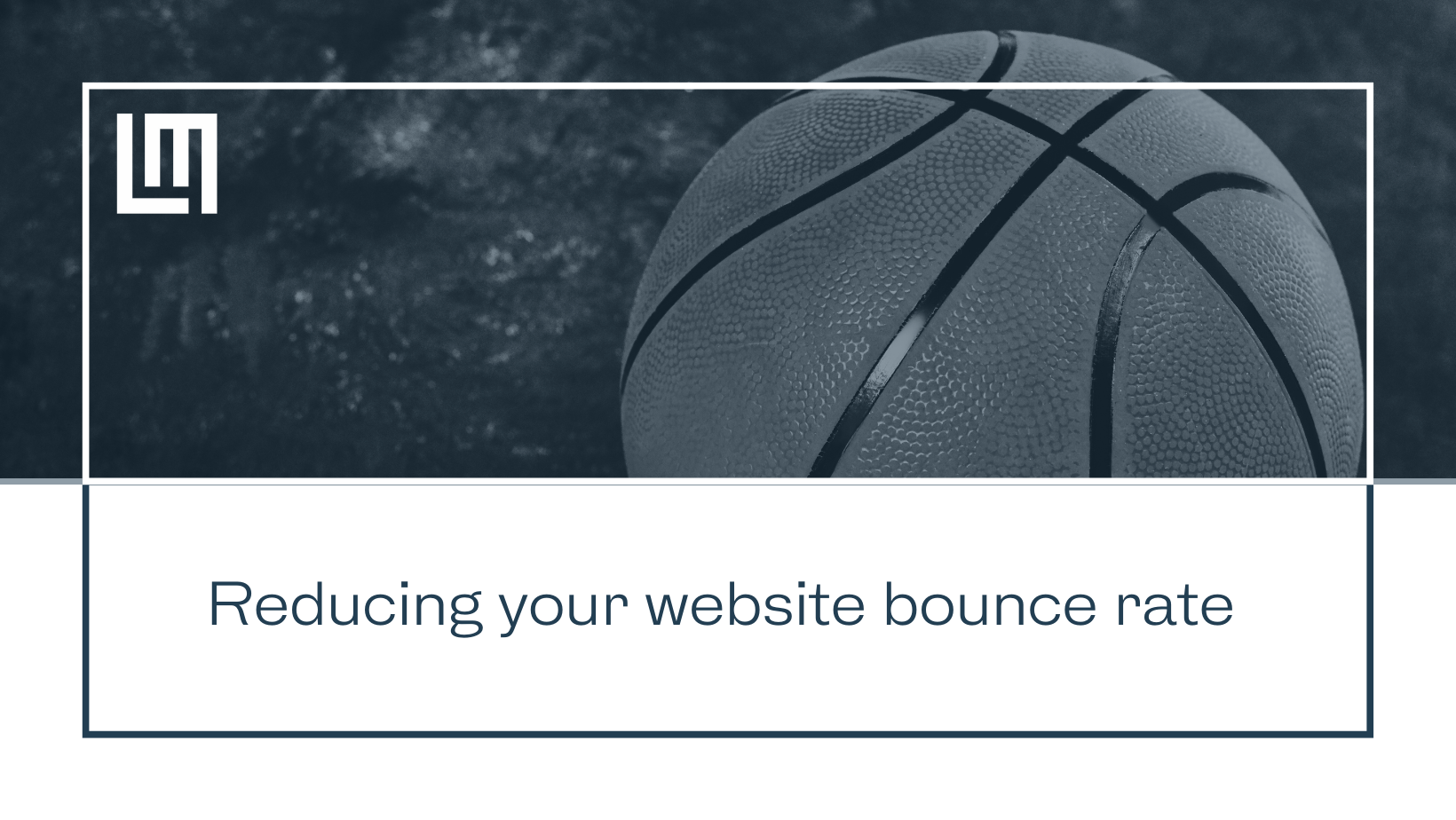Website bounce rate and how business owners can reduce it
Welcome to our latest blog focusing on website bounce rate and how to reduce it. Website bounce rate is the percentage of visitors who leave your website after visiting only one page. It's an important metric to track because it can give you insights into how well your website is meeting the needs of your visitors. A high bounce rate can indicate that your website could be more engaging and relevant to your target audience or that it's challenging to navigate.
There are a number of things you can do to reduce your website bounce rate, including:
Make sure your website is mobile-friendly. More and more people are using their smartphones and tablets to browse the web, so it's important to make sure your website looks good and functions well on all devices.
Optimise your website for speed. A slow-loading website is more likely to frustrate visitors and cause them to leave early. Make sure your website loads quickly by optimising your images, using a caching plugin, and choosing a reliable web hosting provider.
Write clear and engaging content. Your content should be well-written, informative, and relevant to your target audience. Use break-up tags such as headings, subheadings, and bullet points to make your content easy to read and scan.
Use relevant keywords. When people search for information online, they use keywords to describe what they're looking for. Use relevant keywords in your website content and title tags so that your website appears in search results for the keywords that your target audience is using.
Use a clear call to action. Tell visitors what you want them to do next, whether it's signing up for your newsletter, reading another blog post, or making a purchase. Use clear and concise buttons and calls to action throughout your website.
Additional tips
Use high-quality images and videos. Visual content can help to break up your text and make your website more engaging.
Make your website easy to navigate. Visitors should be able to find the information they're looking for quickly and easily. Use a clear navigation menu and make sure your website is well-structured.
Internal linking. Link to other relevant pages on your website to encourage visitors to explore more.
Test and optimise your website. Track your bounce rate over time and make adjustments to your website as needed.
By following these tips, you can reduce your website bounce rate and improve the user experience for your visitors. This can lead to increased conversions and sales for your business.
Tagged as: Website bounce rate
Share this post:


